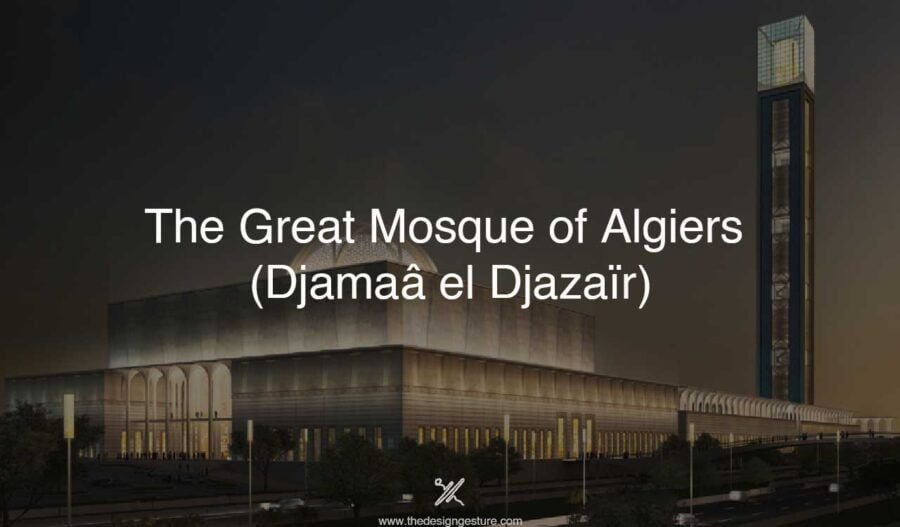New Design in Old Setting
The extension; seems to be stabbing the heart at first glance. The deconstructivity is a nightmare in the scenic beauty of symmetry. Libeskind’s intervention The Bundeswehr Military Museum was compared by Mary M. Lane to “a piece of shrapnel freshly fallen from the sky” in a Wall Street Journal review. Another critic, Rowan Moore stated that “The weakness of the design is the belief that the sheer solid shape stands for itself.”
The renowned architect, Daniel Libeskind, known for his unconventional, angular, and unfragmented designs; broke out from the brief and proposed an unidentical change to the authorities’ vision of the museum. The Bundeswehr Military Museum, one of the historical museums in Germany, has a long history. The museum showcases Military technology focusing on the human aspects seeking to present a comprehensive understanding of military history by highlighting the effects of conflict on people and society as opposed to exalting the military prowess.
Daniel Libeskind’s deconstructive vision
“I wanted to create a bold interruption, a fundamental dislocation, to penetrate the historic arsenal. It was not my intention to preserve the museum’s facade and just add an invisible extension in the back. I wanted to create a bold interruption, a fundamental dislocation, to penetrate the historic arsenal and create a new experience. The architecture will engage the public in the deepest issue of how organized violence and how military history and the fate of the city are intertwined.”
With Daniel Libeskind’s vision, today the museum symbolizes transparency and responsibility in addressing the German Military’s dark history. In contrast to the original building’s traditional architecture, the extension’s stark, angular shape symbolizes the upheaval and fragmentation brought about by conflict. This contrast acts as a metaphor for Germany’s attempts to reconcile with its history. Today, the museum participates in dialogues on military and history, leading the educational programs; though the form itself is an invisible terror. The idea of depicting the future with the past is a way to bridge; though it reminds us that we live in the time of Kaliyug(the age of darkness). As we are moving towards Kaliyug, the physicality is taking shape.
The new addition is the depressed expression of the democracy that is envisioned. The depressed approach, with the solidity of the form and materiality; solidifies the the impact of the dark part and envisions the future with transparency, which is in itself contradictory. Glass; is not about transparency it is the solidity of the industrialization of the time, with steel. This deconstructivist ideology; is the pathway leading to Kaliyug, the architectural phase of darkness with industrialized materiality losing its essence and originality.
“Lost Identity”
Though compared to Kaliyug or not; there are contradictions related to the project right after it opened in 2011. One critique is of Daniel Libeskind’s aggressive architectural addition, and the exhibitions installed within, call into question the ability of any museum to mount an effective critique of war. The massive perforated steel wedge breaks through and splits open the host structure, upending the old neoclassical building’s typical symmetry and offering open, light areas. The clear new structure was meant to represent democratic openness and the changing role of the military in modern, unified Germany, in contrast to the opaque older structure, which is a throwback to Germany’s authoritarian past.
The conflict between the historical and new façade; refers to a juxtaposition of past and future pity the symmetry through the scale and volume of the stabbing knife.
The problem started with the foundation itself; the concept of war; according to Jay Winter in Museums and Representations of War. The difficulties of the foundation are evident and so there is a risk that these things may be fetishized and made more beautiful, which might lessen their inherent strength.
However, because of their asymmetrical design, the dynamic and unconventional display rooms are confusing. The exhibitions are contradictory too.
Everything here is bold enough to be the antagonist. The museum is a powerful protest against the building’s former monumentality. Rather than promoting progress and emancipation, it symbolizes a politically and aesthetically significant architectural feat within the context of the contemporary neoliberal goal. However, such ruthless colossal deconstructivism also hinders the constructive contribution that feelings, passions, and group solidarity can make to the development of liberating social enterprises.
The deconstructive approach of the museum is more empowering the power rather than the idea of discriminating the past and future of transparency. Daniel Libeskind’s idea of a bold approach to breaking the past dominance and violence to have a transparent and democratic future.
The museum settled itself as a powerhouse with the contemporary architectural approach.
Lost hope of the past;
Contemporary;
Empowering the temerity;
With rigidity.




